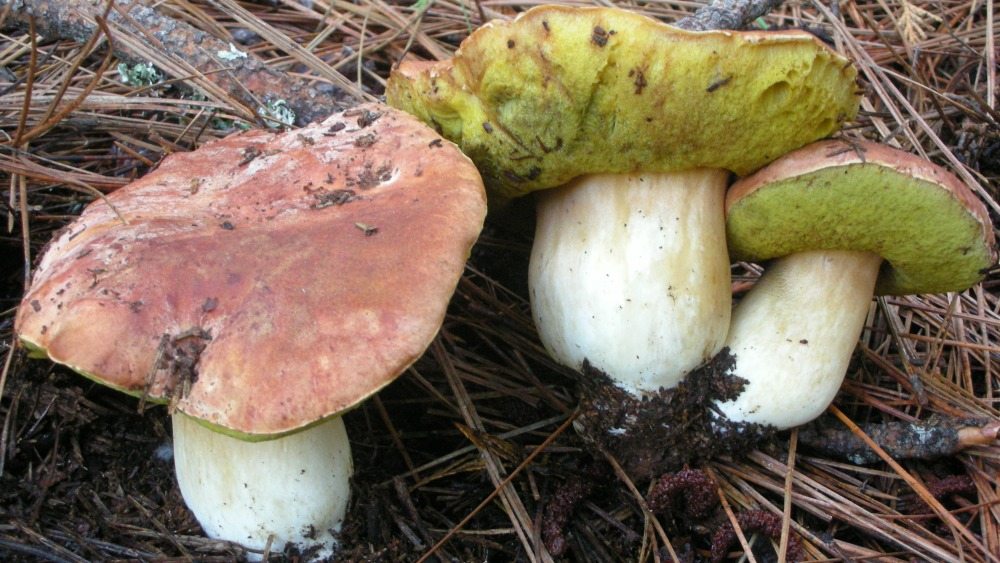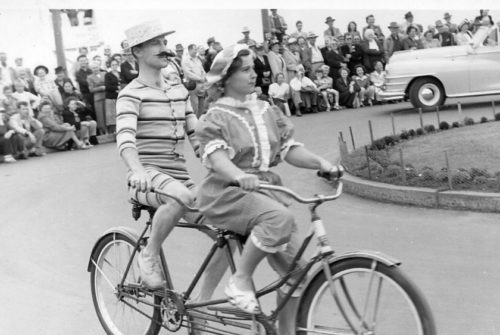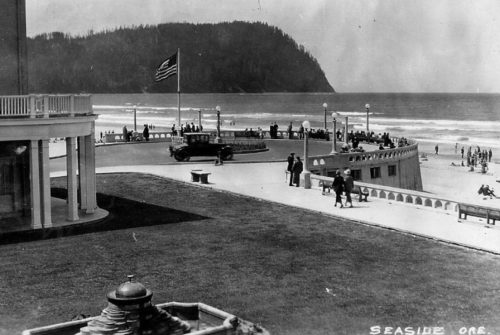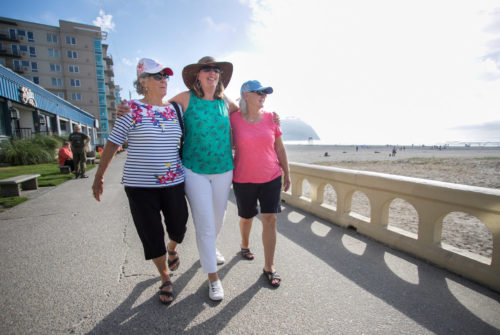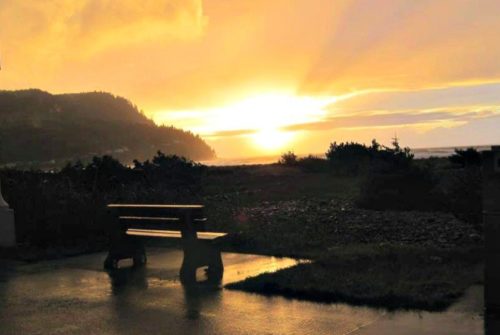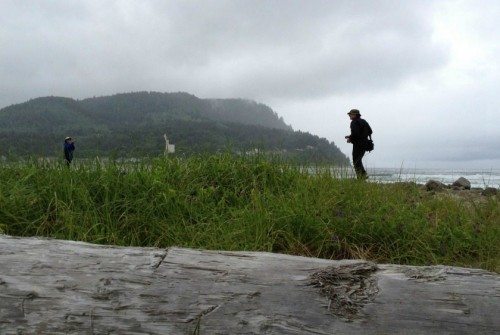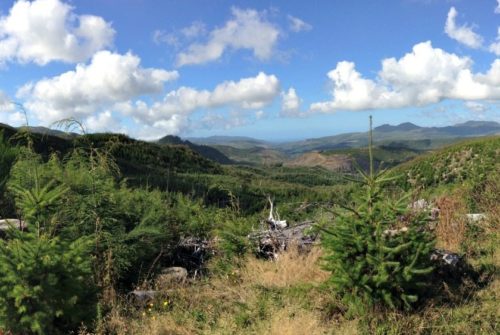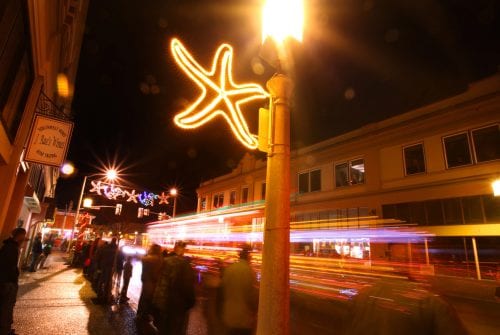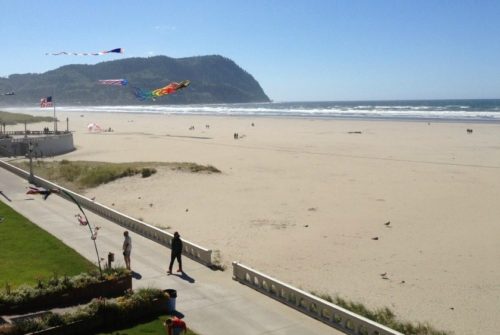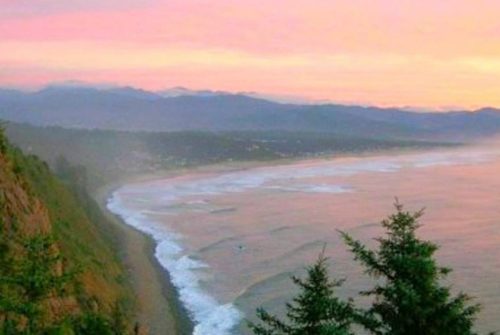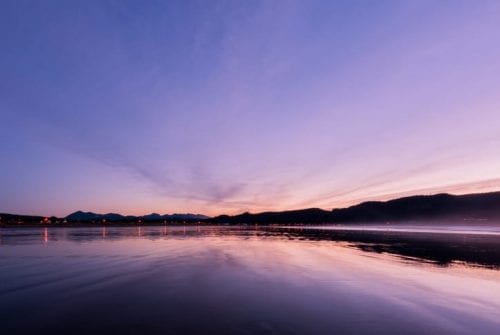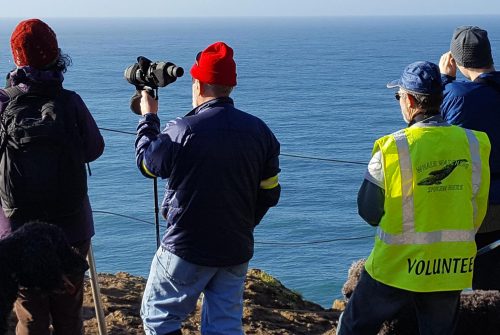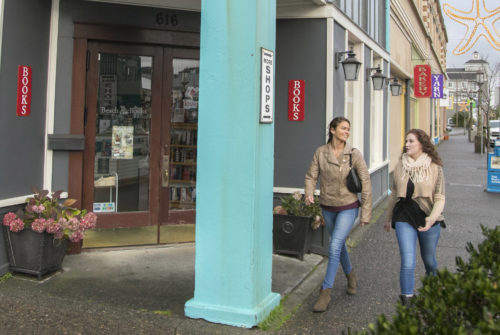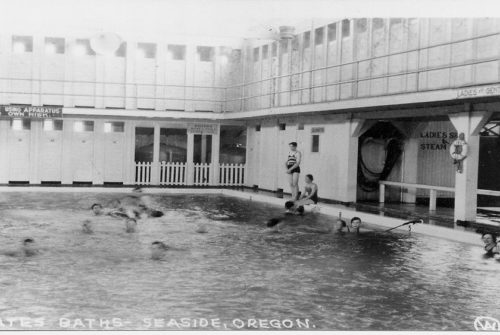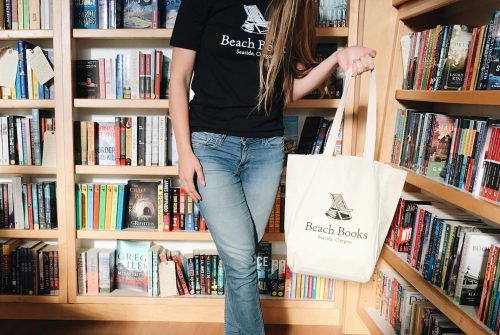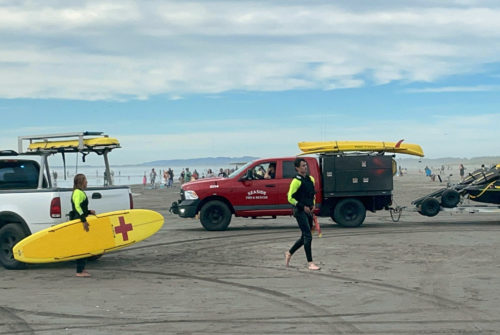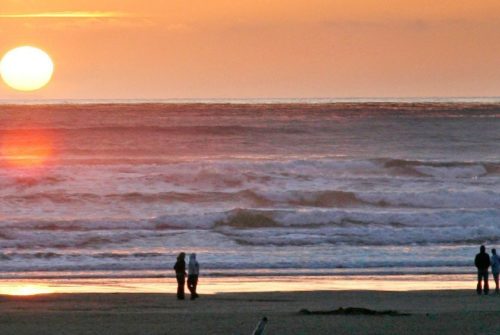Oregon’s North Coast is a popular spot for treasure hunters. While some people might look for pirate treasure though, the ones we speak of search for something else – something just as elusive and mysterious. They forage for a treasure that grows in the dark, moist recesses of the forest. These hunters forage for mushrooms because consumable fungi are popular and plentiful in our area. There are even events centered around this type of treasure hunt. And these events offer opportunities for visitors to learn about mushroom foraging near Seaside.
With over 300 species of fungus in Oregon and Washington, it’s no wonder that foraging for edible versions has become a popular pastime. There are even Northwest organizations devoted solely to the practice. The Oregon Mycological Society is one example of these groups. Locally, there is typically an annual celebration, aptly named the Wild Mushroom Celebration. It includes a variety of dining, foraging, and lodging choices that are mushroom-centric. Guided mushroom foraging hikes have coincided with this event for eight years. Ranger Dane Osis leads these popular searches at Fort Stevens State Park.
Opportunities for Mushroom Foraging Near Seaside
Seaside visitors who want to get involved in this Northwest tradition will need to be in the right place at the right time. Typically, conditions are ripe for picking between mid-October and into November with guided hikes sometimes hosted at Fort Stevens State Park throughout this time. Fort Stevens is one of the few places in our area that allows foraging for personal use or recreational foraging. Commercial foraging is subject to a permit process.
Visitor Safety Practices for Mushroom Foraging Near Seaside
Knowledge is key when mushroom foraging. Osis, resident ranger and mushroom guide at Forth Stevens, recommends learning from All that the Rain Promises and More by David Arora. Trained foragers site an important motto: when in doubt throw it out. Simply put, this means don’t eat it if you don’t know what it is. Fort Stevens State Park has a foraging brochure to help visitors be safe. It has photos of specific species and the rules of foraging inside the park. Access the brochure here.
While it is important to be educated about what species of fungi are safe to eat, it is equally important to leave the hunting grounds as close to their original state as possible. For instance, the first recommendation is to park in designated areas and not on shoulders. Next, harvest only small amounts of edibles. Larger amounts require a permit because mushroom populations are carefully regulated to protect future growth. Lastly, pick mushrooms only from Day Use Areas, not campgrounds. Visitors can keep the area pristine for all users by observing these practices.
The Pacific Northwest is known for offering up its bounty. There are many opportunities for foraging all over Oregon and Washington, but hunting for wild, edible mushrooms is a special tradition near Seaside.
